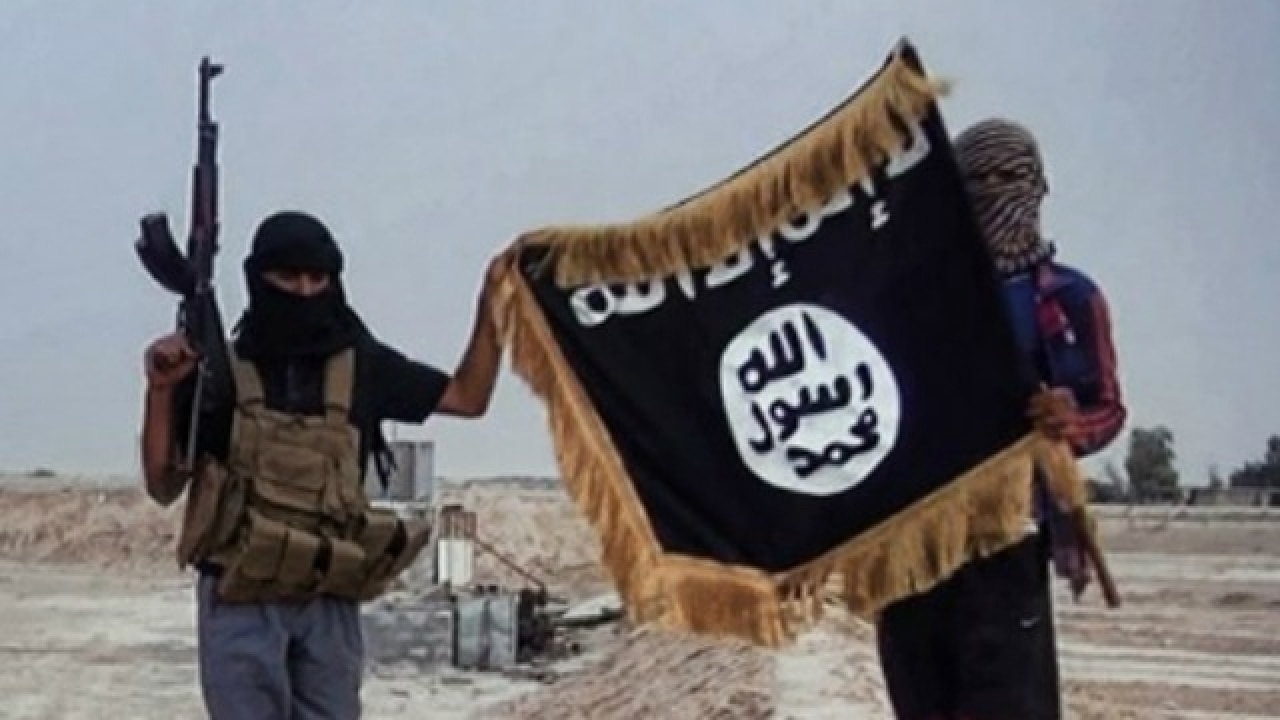
When the Islamic State (IS) swept through vast swathes of territory in Iraq and Syria, it marked a new trajectory in the war against terror. Unlike the Taliban, which captured Afghanistan in the mid-1990s, or the Boko Haram in North-East Nigeria, the IS, with its territorial ambitions of establishing a Caliphate, and the resort to wanton acts of brutality and beheading to enforce its version of the Sharia, was quickly perceived as a bigger threat. Unlike the al-Qaeda, which remained a shadowy terror outfit without the wherewithal to fight a conventional war, the IS success in Iraq, Syria and Libya was a rude shock for countries which had become complacent after the killing of Osama bin Laden. In contrast, the rapid pace at which the IS has gained a following, however small, in Western Europe, South Asia and South East Asia is proving to be a stiff security challenge.
The Trump Administration, which earlier signalled its decision to pull the US military out of expensive strategic deployments across the world, is expected to announce a plan to counter the ISIS next week. In Philippines, air-strikes are believed to have injured the IS-affiliated Abu Sayyaf commander Isnilon Hapilon and killed 15 of his men. Early this month, Indonesia announced that it was attempting to de-radicalise 75 people, including women and children, deported by Turkey while attempting to enter IS-held territory. Two weeks ago, Russia hosted a regional conference on Afghanistan which took note of the rise of the IS and its resilience in the Nangarhar region despite regular raids by Afghan forces, American drones and Taliban fighters. Even India, whose 180-million Muslim population distanced itself from the global jihadi tailwinds from the 1980s, has not been immune to the influence of the IS.
Two worrying trends have been taken note of by the Indian intelligence community just like their counterparts in Indonesia and Europe. One is the social media strategy of the IS that is allowing it to tap and guide youngsters and smartphone aficionados in a way that its predecessors could not do. The second is the affinity among young people hailing from middle-class sections or developed countries for the puritanical, hardship-ridden, and strife-prone life offered by the IS in its territories. The former would explain the success of the IS in allegedly tapping youngsters like Bangalore-techie Mehdi Biswas, Mumbai youngster Areeb Majeed, and now two brothers in Gujarat who were allegedly tasked with recruiting others and leading lone wolf attacks.
The latter would explain why 21 men, women and children from Kerala gave up their reasonably comfortable lives in India and in West Asia to made their home in the mountains of Nangarhar. Now, one of the men has been killed in a drone attack. While Kerala has a large Muslim population they are by no means homogeneous. There are established groups in the political sphere with decades of track record like the Indian Union Muslim League, and in the socio-religious spheres like the Jamaat-e-Islami Hind Kerala and the salafist Kerala Naduvathul Mujahideen. However, disagreements between and within these groups have helped independent salafi preachers emerge in recent years in the fringes of society. A stronger intelligence network coupled with a closing of ranks by the Muslim community against ultra-conservative elements is the need of the hour.